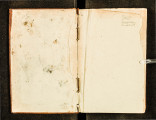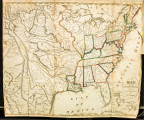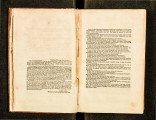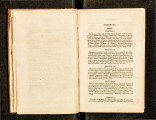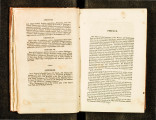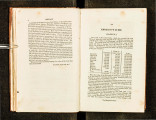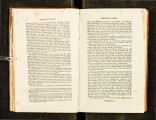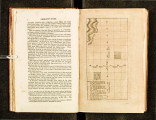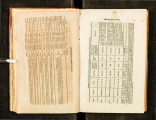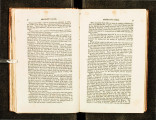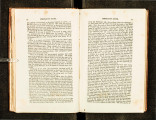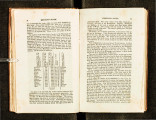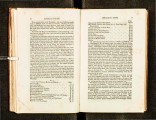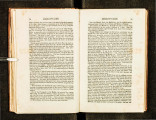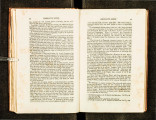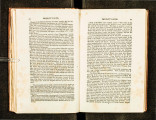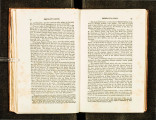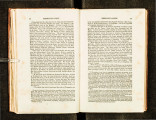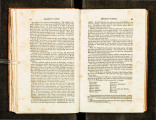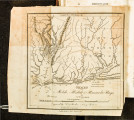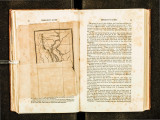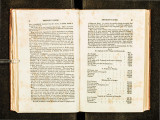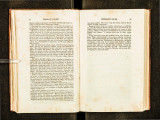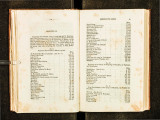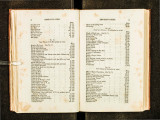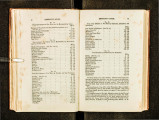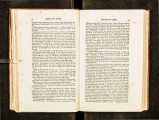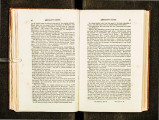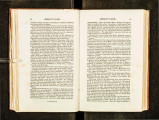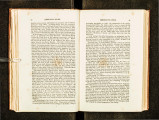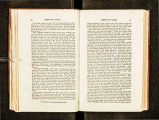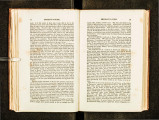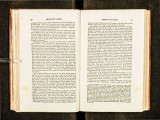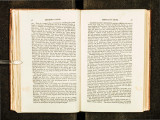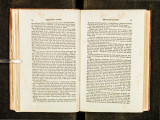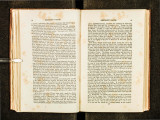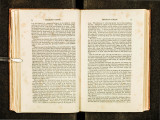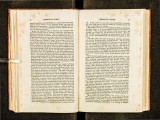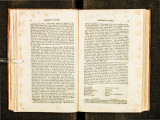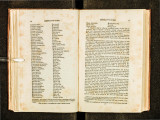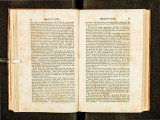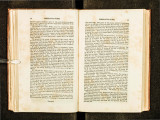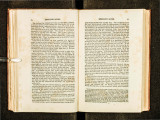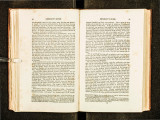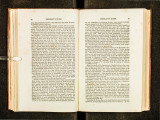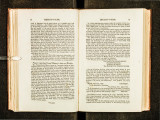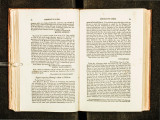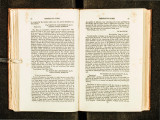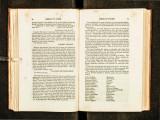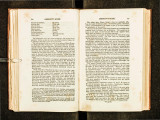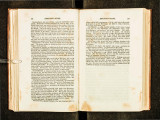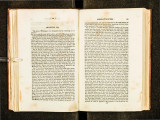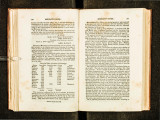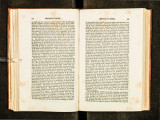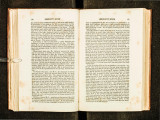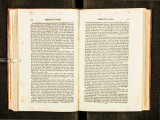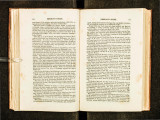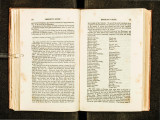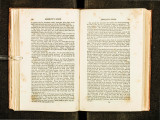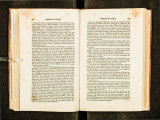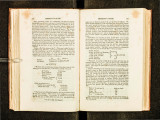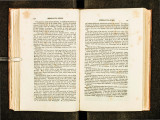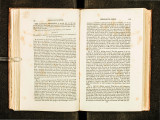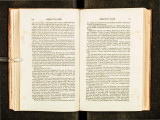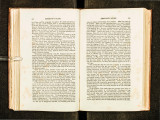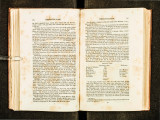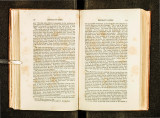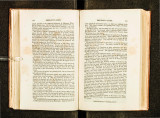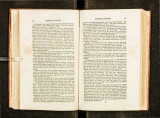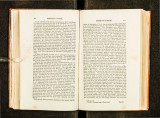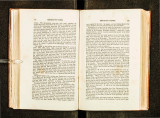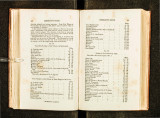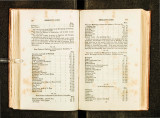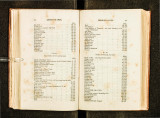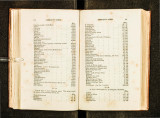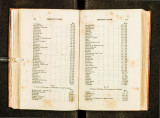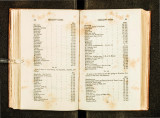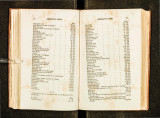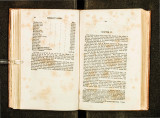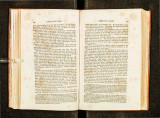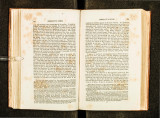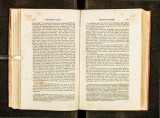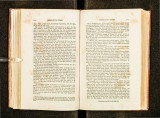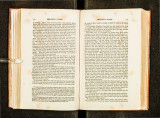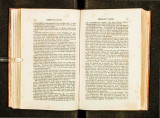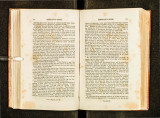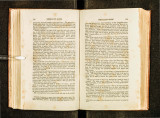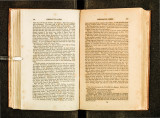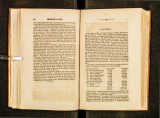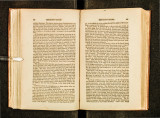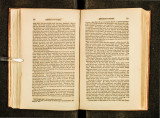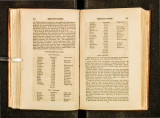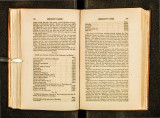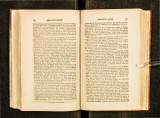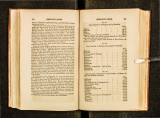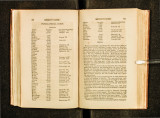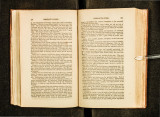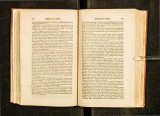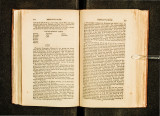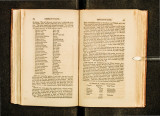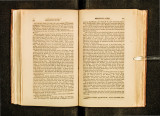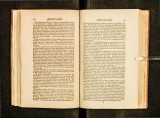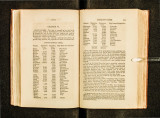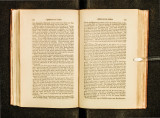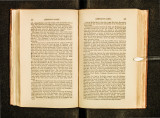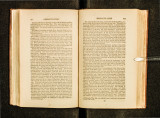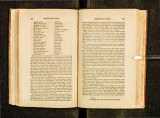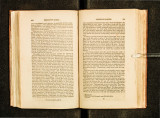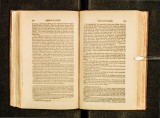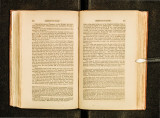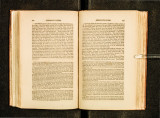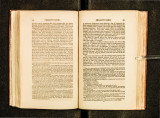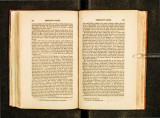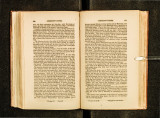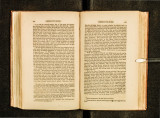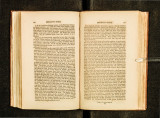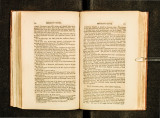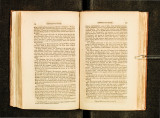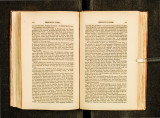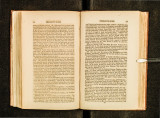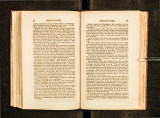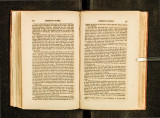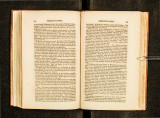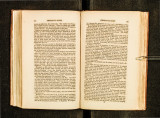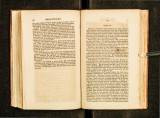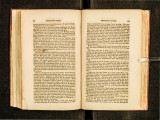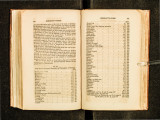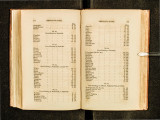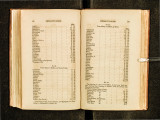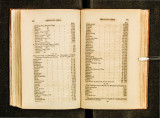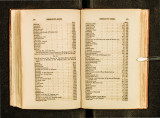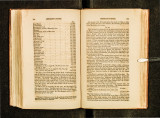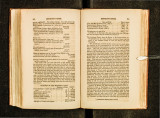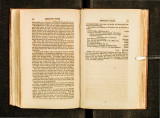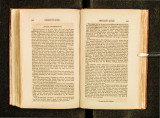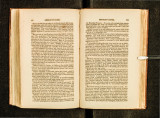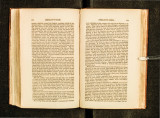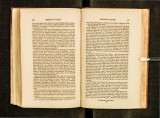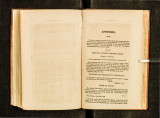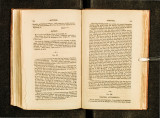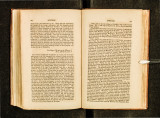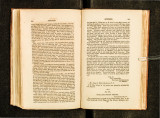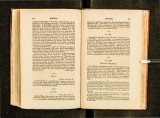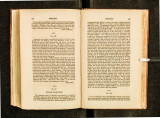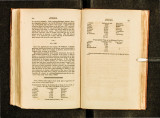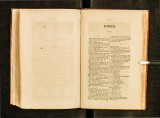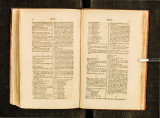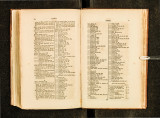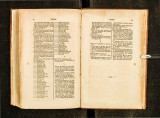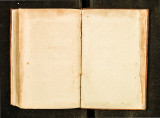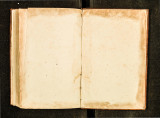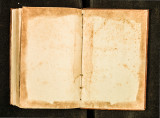| OCR Text |
Show 258 EMIGRANT'S GUIDE. turnpike road from the eastward entering through _it, is cxtcl)di~g ra-. pidly · the suburb upon the Monongahela cannot mcreasc consuilera~ bly f~r want of room betw.een Ayres hill and tht~ river.. . There are four other VIllages, however, that are virtually suburbs of Pittsburg; Birmingham, upon the left bank of Monongahela, opposite Ayres hill ; Aleghany, upo? a fine sec~nd bottom ~f that stream, opposite Pittsburg; Lawrenceville, two rmles abov.e Ptttsburg, upon the same ide of the Aleghany; and a stt·eet nmnm_g ~long the ~e~t bank of Monongahela, opposite Pittsburg. When th1s city anJ ViCInity was surve_yed by the author .of this treati se,_ in October, 181.5, there were in Pittsbur<r 960 dwelling houses, and Ill the suburbs, VIllages, and immediate ~utskirts, abo;l 3?0 more, making ~n all 1260, nnd incluJing inhabitants, workmen m the manufaclones, and la-bourer , upw:=tru'3 of , 2,000 inhabitants. . This city is literally a work-~hop, and a warehouse for the Immense country be low, upon the Ohio ~Hld other rivers. On a cursory surYey, when vi ~ wing the iron foundries, glass -houses, and other creative machinery, it is not easy to imagine where the products can ?e uisposed of; but a review of the emigration over the mountains w11l soon remove thic;; wonder. It will be usele:;s to load the pages of this tre ati se witt th names of the various owners of machinery, but a recapitul ation of the objects of hum::tn wants must be interesting to every eLnignnt who intflnds to visit this rea) phenomenon. A large steam gri t mill, capable of grimling into.flour. sixty. thou· sand bushels of wheat annually. Three brewel'les, m wh1ch are made at'l imt 1en e CJUantity of beer, porter, and ale. One nail factory, including tbe manufacture of many other object5, in which are manufactured nearly 80,00Q dollars worth of ironmongery annually. Two extensive air foun dries, in which are cast excellent cannon and cannon ball s, smitbs' 3nvils, SC!d irons, stoves, pots and kettles of all kinds, sugar boile rs and cylinders cast, and the latter turned. Of ironmongcry, are now made, sheet iron, nails and nail ro~s, shovels, ton gs, axes, 1n~ttocks, hoes, adzes, drawing knives, cuttmg knives, vices, c:cale beams, plain bits, chisels, spades, anu, in fine, every object necessary in a country of this lund. Locks, hinges, hasps, screws, but-hinges, bridle bits, buckles, and. stirrup and saddle irons, are all manufactured. Waggon s, carts, and drays, with every single substance that can enter their compo~ iti m, and every tool, (perhaps saws excepted) ne-cessary to their construction, are made in this city. . In November, 1815, there were neither coach or harness makerm the city ; if th at is till the case, an excellent opportunity is offered to any per:,on aC(luainted with either or both those occupations. ~e rb a p s of all the wonders of Pittsburg, th~ greatest is the glass fa~tones. About twenty years have elapsed smce the first gla ss -hou~c was erecteu in that town, and at thi~:. moment every kind of glass, from a porter bottle or window pane, to the mo,5t elegant cut cryst~ l ~la : s, are 11ow manufactured. There arc four large glass-houses, m which are n 1W manuf'aclured, at least, to the amount of 200,000 dollars <.Jnnually. ( EMIGRANT'S GUIDE. 259 Pottery i.s carried on in Birmingham, where excellent stone a.nd black ware are made ; common red ware is also manufactured to great amount. To the above may be added, white lead, red lead, buttons, wheel irons, knitting needles, silver plating, stocking weaving, su~penders, boots, shoes, hats, saddles, bridle~, beJis, stills, copper kettles, brushes of every kind, curry combs, trunks, brass and iron candlesticks, and in fact an infinity of objects of daily demand, brought a few years past from Europe. . . . Cotton and woollen cloth is also maue extensively, cons1stmg of blankets, vest patterns, hosiery, coarse and fine cottonade, and broadcloth. Except the gratifying reflection arising from the revi~w of so much plastic industry, Pitts burg is by no means a pleasant city to a st:anger. The constant volumes of smoke preserve the atmo~pt1ere m a continued cleud of coal dust. In October, 1815, by a reduced calculation at least 2000 bushels of that fuel was consumed daily, on a space' of about two and a ~uarter square miles. To. thi~ is. added a scene of activity, that remmds the spectator that he 1s w1thm a commercial port, though 300 miles from the sea. Several good inns, and many good ta,·erns, arc scattered ov~r tb.e city ; but often, from the influx .o.f stanger~, read.r accommodatiOn JS found difficult to procure. ProvisiOns of every kmd abounds ; two markets are held weekly. The circumstance which has contributed most, after its relative position, to secure the prosperity of Pittsburg, is the enormous mass of mineral coal that exists in its vicinity. The coal, like all other fossil bodies in the Ohio valley, rests in horizontal strata, about three and a half feet thick, of very pure bituminous coal. The strata are 340 feel above low water level, or about 290 above the level of Pittsburg; consequently a falling body from the moment of issuing from the mouth of the mine, until placed in the cellar of the consumer. The medium price, six and a quarter cents per bushel, or two dollars and twenty.five cents per chaldron. . Coal abounds in every bill which rises more than four hundred feet above )ow water mark: where less than eighty or one hundred feet &f incurnbent earth rests upon the coal bed, the quality of the mineral is found greatly depreciated. It has been already noticed , .that the coal strata are perfectly level with each other. In the n e ~ gh bou r hood of Pittsburg they are divided into three separate bod1es ; the firit, and perhaps most extensive, is west_ or the Mouonga~ela, the second, on the peninsula upon which the c1ty stands, and th1rdly, n?rtl~west of the Aleghany ri~er. The supply ~f the city is take? prmc•paJiy from the beds of the second repository, though an Immense quantity is also brought from the first. . . Two bridges are, by an act of the state JegJslature, to be butlt over the Monongahela and Aleghany rivers, in places best c~lcul \.t ted to facilitate intercourse with the adjacent country, and to umte log.ether the scattered and detached fragments of tbe same commercaal community. |



